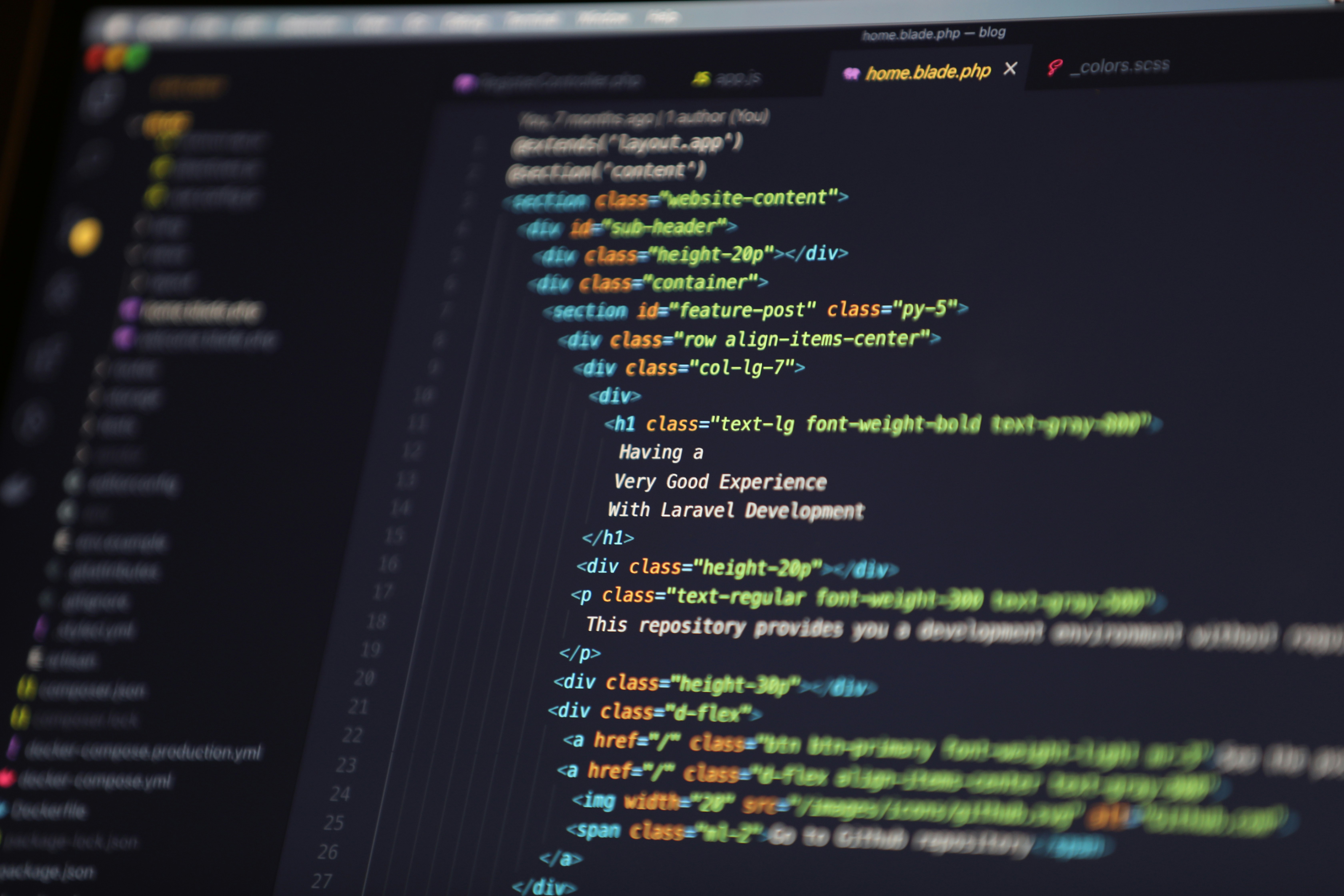
Today, I'll guide you through creating a code generator that allows us to tailor Yii2's tools (Gii) to fit our specific needs perfectly.
Yii2's code generator is a powerful tool designed to streamline the development process by automating the creation of repetitive code segments. As the name suggests, it generates code, saving developers valuable time and effort. It establishes a foundational code structure that can be customized according to our project requirements, significantly reducing the time spent on routine tasks.
When working with Yii2's code generator, it's important to note that it operates based on templates. These templates define the structure and content of the generated code. By default, Yii2 provides templates for various code generation tasks. However, these templates might only sometimes align perfectly with our project's specific needs and coding standards.
To address this, we can create templates tailored to our requirements. It allows us to generate code that adheres precisely to our project's specifications, ensuring consistency and efficiency throughout development.
So, where can we find Gii in Yii2? Gii is a powerful code generation tool integrated into Yii2, designed to accelerate development tasks such as generating models, controllers, forms, and CRUD operations. It provides a web-based interface accessible via a designated URL route, typically '/gii'. From there, developers can interact with Gii's intuitive user interface to generate code based on predefined templates or custom templates explicitly created for the project.
In conclusion, leveraging Yii2's code generator and creating custom templates allows us to streamline our development workflow, saving time and ensuring code consistency. However, it's crucial to avoid modifying the vendor directory directly to maintain the stability and compatibility of our Yii2 application. By understanding these principles and effectively utilizing Yii2's powerful tools, we can enhance our development experience and deliver high-quality applications more efficiently.
Create the folders frontend/myTemplates/crud or backend/myTemplates/crud, depending on where you work. You can use different templates for each application.
Navigate to vendor\yiisoft\yii2-gii\src\generators\crud and copy the 'default' folder to the created folder in your application (frontend or backend)/myTemplates/crud.
Doing this establishes a base code to start work, and you can begin with the modifications. Creating your own template is essential to avoid modifying the vendor directly. Now, let's talk also about why changing the vendor directory is not recommended. The vendor directory contains third-party libraries and dependencies required by our Yii2 application. Modifying files within the vendor directory can lead to various issues, including compatibility problems with future updates, difficulties tracking changes, and potential conflicts with other components or libraries. Therefore, it's best practice to avoid making direct modifications to the vendor directory to maintain the integrity and stability of our application.
Modify the generator according to the necessary changes. Each user may have their ideas on how their view should ideally look. I invite you to play with the code generator to learn more. Understand that this code generates code, so analyzing it will help you quickly grasp its function.
Add the code to frontend/config/main-local.php or backend/config/main-local.php:
$config['modules']['gii'] = [
'class' => 'yii\gii\Module',
'generators' => [
'crud' => [
'class' => 'yii\gii\generators\crud\Generator',
'templates' => [
'myCrud' => '@app/myTemplates/crud/default',
]
]
],
];
Choose the necessary code generator in Yii2's code generator, under 'Code Template,' located just above the Preview.